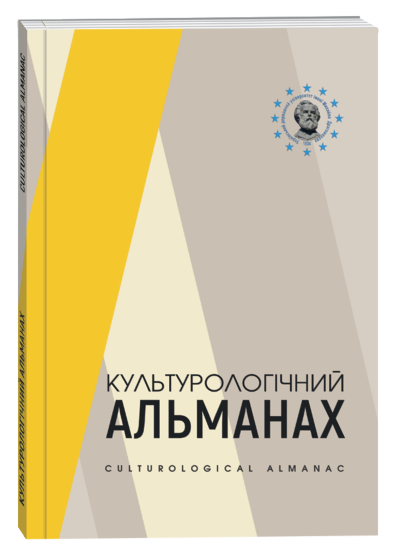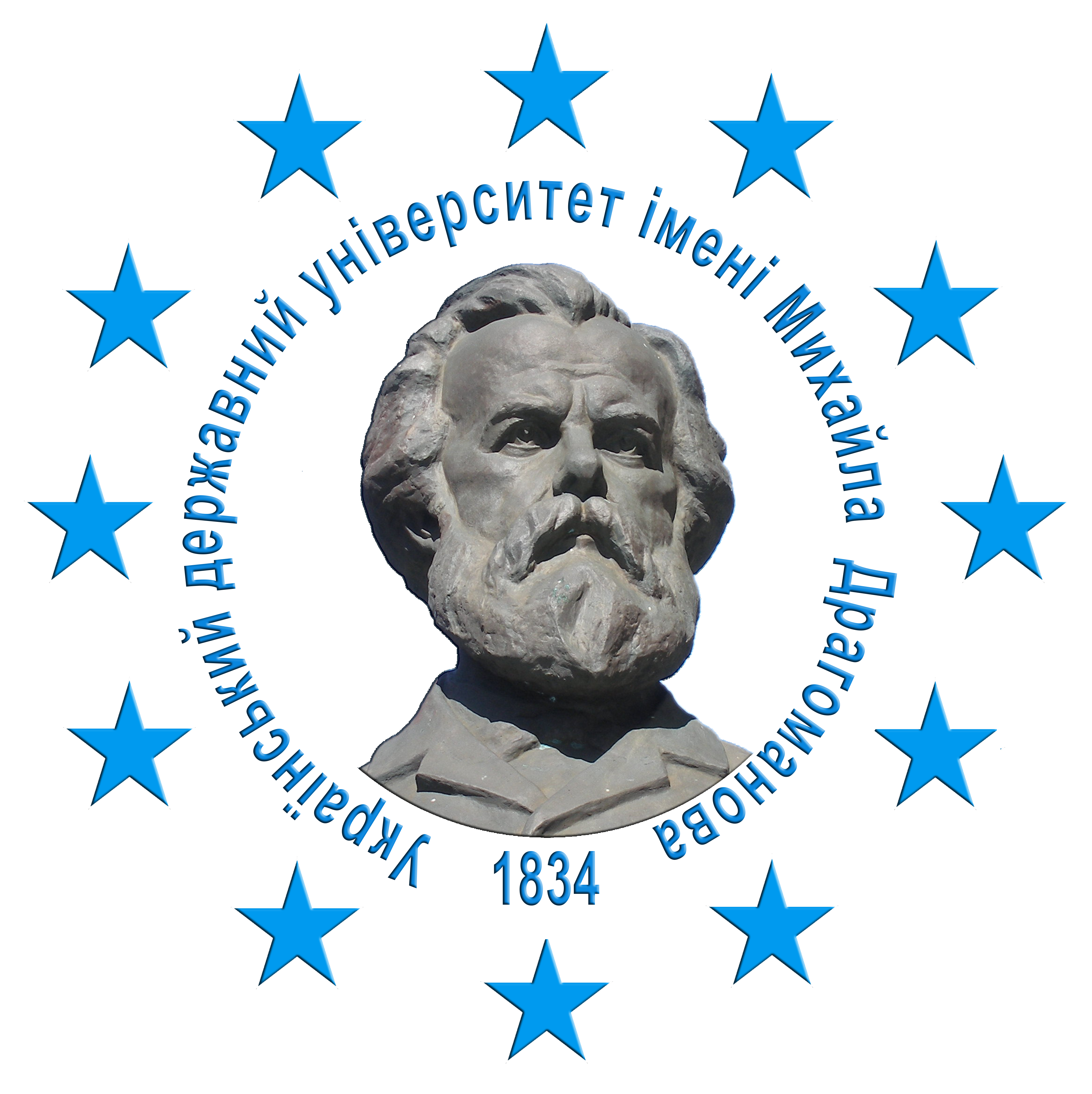AGAINST BRAUDEL: ADVANCED FEATURES OF THE MATERIAL CULTURE OF UKRAINE IN THE 18TH – 19TH CENTURIES (WHITE BREAD AND DISTILLERY)
DOI:
https://doi.org/10.31392/cult.alm.2025.2.20Keywords:
Slobozhanshchyna, white bread, distilling, yieldAbstract
The general position of Western researchers is to attribute Ukraine to the backward countries of Eastern Europe, which in the 16th – 18th centuries served as the raw material periphery of Western Europe, primarily as exporters of grain at the expense of the exploitation of dependent peasants, in relation to whom the feudal lords carried out the “second edition of serfdom”. A vivid example of this approach is the famous three-volume work of the French historian Fernand Braudel “Material Civilization, Economy and Capitalism, 15th – 18th centuries”, which was translated into Ukrainian in the 1990s and is widely cited by Ukrainian authors. Moreover, the bulk of the population of both Eastern and Western Europe in the 16th – 18th centuries experienced a sharp deterioration in their nutritional conditions, so that even white bread became a luxury for the elite. Despite this, a fairly high-quality level of nutrition for the general public was recorded on the territory of Ukraine at this time, and the advantage among the export industries of cattle breeding and distilling in combination with a relatively high grain yield.This is primarily characteristic of the eastern regions of Ukraine with Cossack self-government, in particular for Slobozhanshchyna. F. Braudel also noted the division in European countries into regions rich in wheat and poor in livestock, and regions with poor soils, which specialized mainly in cattle breeding and at the same time could often provide a higher level of well-being for the peasants. A striking feature of Ukraine (primarily Eastern and Southern) was that it was rich in both wheat and livestock. Moreover, grain for distilling was imported here from Russia, which thus served as a raw material appendage of Ukraine. This was combined with a significantly lower level of feudal exploitation of Ukrainians compared to Russians, and this situation persisted even after the abolition of Ukraine’s autonomy, when Ukrainians paid three times less taxes than Russians. Ukraine, especially its East and South, due to the long-term consequences of the Cossack Revolution and the availability of free land, acquired in the 18th–19th centuries certain features of advanced societies of Western Europe, including through the economic exploitation of neighboring regions of Russia as its own backward periphery.
References
Бродель, Ф. Матеріальна цивілізація, економіка і капіталізм, 15–18-те ст. Т. І. Структури повсякдення: можливе і неможливе (1995); Том ІІ. Ігри обміну 1997. Пер. з. фр. Г. Філіпчук. Київ: Основи. 543, 585 с.
Гакстгаузен, А. (1847; 2017). Изследования внутренних отношений народной жизни и в особенности сельских учреждений России. Пер. с нем. 672 с.
Деревянкін, Д. І. (1983). Історія народного господарства Української РСР: Економіка досоціалістичних формацій. Київ: Наукова думка. 464 с.
Маленко, Л. М. (2000). Азовське козацьке військо (1828–1866). Запоріжжя, http://www.cossackdom.com/book/part3.htm#sx
Описи Харківського намісництва кінця 18-го ст.: Описово-статистичні джерела (1991). Київ: Наукова думка. 224 с.
Острась, Е. С. (2002). Врожайність зернових культур на Лівобережній Україні у другій половині 18-го ст. Український селянин, вип. 5. С. 21–26.








